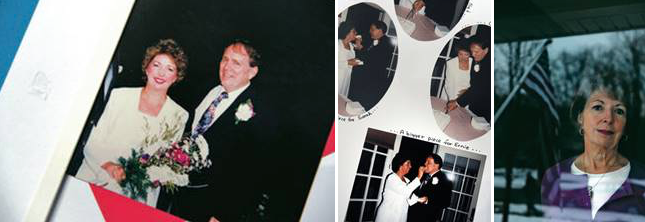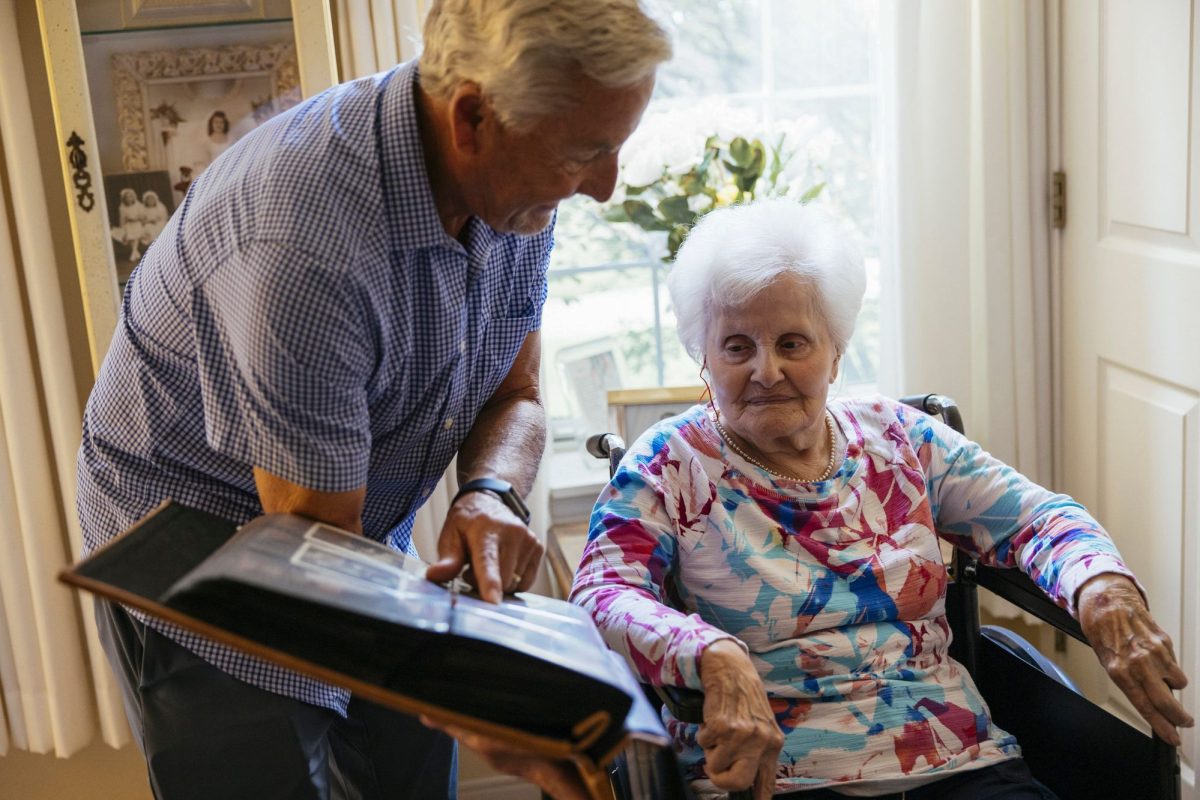A Promise Sometimes Impossible to Keep

Hooties Take: While nursing home care is the highest level of long-term care available, it is only one of the many long-term care options. It’s best to maintain an open, transparent line of communication and put a plan in place with loved ones long before long-term care is needed.
Whenever Sarah Harris and her husband, Ernie, drove past a nursing home, he would say the same thing: That’s where you’re going to put me. That’s where I’m going to be sent.
“I would say, ‘No, I don’t think that’s going to happen,’ ” said Harris, of Fairfax, Va.
Her husband had been diagnosed with Alzheimer’s disease at 53. She was 10 years younger and believed she could care for him until the end.
“I knew that he did not like nursing homes,” she said. “His dad lived in a retirement community, and he really did not like facilities.”
His fears, and her assurances, mirror conversations that are playing out increasingly between husbands and wives, children and parents, and others as the population of older Americans swells. By 2050, the number of people 85 and older is projected to triple.
Promise you won’t put me away. It is hard to say no to that request. But it often is even harder to honor it.
For many, the idea of being sent to a facility implies abandonment. Older Americans remember the poorhouse, where the old and infirm were hidden away to die. But many younger people also are repelled by the idea.
There’s now a wider spectrum of facilities catering to different levels of need, but even the best ones can feel institutional. Daily life is often rigidly regulated, robbing residents of autonomy, and the familiar faces and spaces of a person’s life are gone.
Like many caregivers, Harris was concerned that being in an institution would hasten her husband’s decline. People in her position engage in a constant calculus: How long can you hold a job, take care of a declining loved one and stay healthy before something cracks? Where is the line between self-abnegation and self-preservation? How do you balance the best interests of the sick person and those of other family members?





